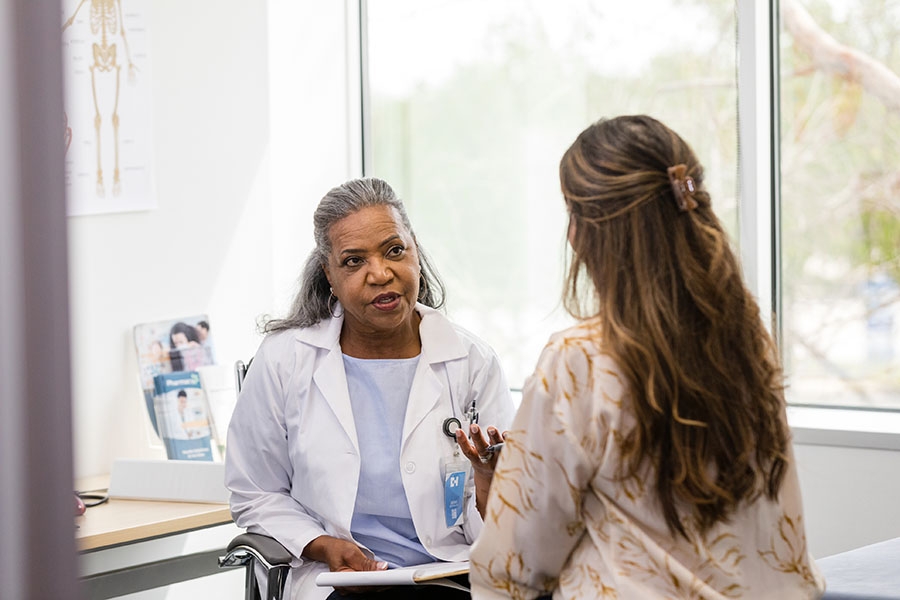What Is Endometriosis?
Endometriosis is a condition where the tissue that comprises the inner lining of the uterus (womb) is found outside the uterus. Most often, it occurs on the fallopian tubes, ovaries and the outer surface of the uterus, as well as on other tissues that hold the uterus in place.
Rather than shedding and exiting the body during the menstrual cycle, the tissue stays trapped in the abdomen and causes a wide array of symptoms. Women in their 30s and 40s are most often affected.
The direct causes of endometriosis are unknown, but the following are potential origins:
- Genetic predisposition
- Hormone changes — Estrogen seems to promote endometriosis. Researchers are studying whether endometriosis is a problem with the body’s hormone system.
- Retrograde menstruation — This develops when uterine blood and tissue travel to the abdominal cavity through the fallopian tubes.
- Surgery — Endometriosis cells can attach to incisions in the abdomen and allow tissue to develop.
Symptoms
The most common symptom for endometriosis is pelvic pain, but sometimes there are no symptoms at all. Other indicators include:
- Bleeding issues — Endometriosis can cause changes to periods that include bleeding between periods, heavy periods that last longer than 8 days or fill more than one pad or tampon every 2 hours, or passing blood clots larger than a quarter.
- Infertility — Endometriosis can lead to pelvic scarring, blocked fallopian tubes and cystic ovaries, all of which can cause difficulty becoming pregnant.
- Pain — The most common pain sites include the lower back, abdomen and pelvis, and menstrual cramps may be severe.
Treatment Options
Treatment for endometriosis depends on the severity of the disease and symptoms, and if future pregnancies are desired. Treatments include:
- Hysterectomy — This surgery removes the uterus and often the ovaries and fallopian tubes, too, and is performed if other treatments are unsuccessful.
- Medication — Over-the-counter pain relievers, such as ibuprofen, and hormone treatments are most common.
- Surgery — Surgery can reduce pain and improve infertility by removing endometrial tissues. However, if the disease severe, it’s likely to return, and between 40% and 80% of women experience pain again within 2 years.
Ready for an Appointment?
If you're experiencing signs or symptoms of endometriosis, schedule an appointment or call 800-TEMPLE-MED (800-836-7536) today.
Learn more about our doctors and care team who diagnose and treat endometriosis.
